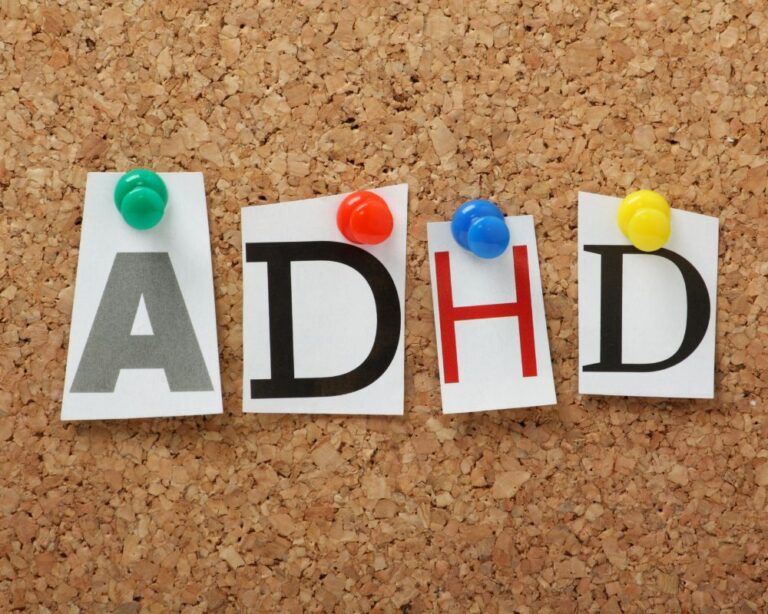Heroism isn’t just about capes and dramatic rescues it’s rooted in deeper psychological forces. Some people feel a pull to help others because of past trauma, seeking meaning or confirmation. Others act out of genuine compassion, while a few may pursue the thrill of being seen as a savior. But whenever does the need to rescue cross into unhealthy territory? Comprehension of these motivations reveals why heroism can be both inspiring and complicated. The line between selflessness and self-serving behavior isn’t always clear.
Defining Heroism in Modern Society
What makes someone a hero? Heroism isn’t just about capes or superpowers—it’s courageous action that uplifts and protects others, whether in moments of crisis or everyday life. Researchers divide it into “Big H Heroism,” involving personal risk like a firefighter saving lives, and “Small h Heroism,” the quieter acts, like a child helping their grandmother during a seizure.
While some debate whether heroism is innate or comprehended, both likely play a role. Yet even with the potential for heroism in everyone, obstacles like the bystander effect—where people hesitate to help in crowds—can hold them back. Apprehending these layers helps reveal how ordinary people can do extraordinary things, not just in movies, but in real life too.
The Psychological Roots of Heroic Behavior
Some heroes step forward in moments of crisis, compelled through more than just instinct—psychological forces shape their choices. Heroism blends innate traits and learned behaviors, sparking debates over nature versus nurture.
The hero complex drives some to self-sacrifice, often rooted in low self-esteem or a desire for validation. Others act from genuine empathy, while narcissism could fuel those with hero syndrome, who create crises to solve them. Childhood experiences and cultural ideals also mold heroic tendencies, romanticizing rescue roles.
Psychology reveals how these motivations differ—some seek purpose, others crave praise. Whether altruistic or self-serving, the urge to help reflects deep-seated needs, showing heroism’s complex roots in human emotions and social conditioning.
Real-Life Superheroes: Case Studies and Motivations
Real-life superheroes blur the line between comic book fantasy and reality, stepping into the streets with masks and missions. Figures like Phoenix Jones, leader of the Rain City Superheroes, embody the psychology of heroism, driven using a mix of altruism and personal motives.
Their actions often stem from trauma, a craving for purpose, or the so-called hero syndrome—a psychological need to rescue others. David Weinberg’s investigative work unravels the complexities behind these real-life vigilantes, revealing how their quests for justice intertwine with ego and even self-created crises.
While some inspire genuine heroism, others expose darker facets of the superhero complex. The psychology behind their behavior reflects cultural ideals, personal struggles, and sometimes, a dangerous imbalance between helping and harming.
The Dark Side of Heroism: When Saving Others Becomes Harmful
Heroism often carries a glow of admiration, but beneath the surface, the need to save others can spiral into something darker. In real life, some people take the superhero role too far, like Phoenix Jones of the Rain City Superhero Movement, whose risk-taking behavior blurred the line between protector and vigilante.
The psychology behind this “hero complex” reveals a compulsive need to rescue others, often driven by a desire for validation or celebrity status. Sidekicks and followers may enable this behavior, reinforcing dangerous habits. While helping others is noble, the hero complex can lead to burnout, strained relationships, or even harm.
Acknowledging when the urge to save becomes unhealthy is key—true heroism balances compassion with self-awareness, not just dramatic acts.
Cultivating Heroic Traits in Everyday Life
How can ordinary people develop the kind of courage and compassion that defines everyday heroes? Research shows heroic traits like empathy, resilience, and moral courage can be nurtured through practice and exposure. Using/Employing/Leveraging a heroic imagination—visualizing themselves taking action—people build the confidence to act as needed.
Socialization experiences, such as witnessing altruistic behavior in others, reinforce the belief that small acts matter. Developing a heroic mindset involves embracing personal responsibility and self-efficacy, the belief in one’s ability to make a difference. Taking calculated risks, like speaking up against injustice, strengthens moral courage over time.
Programs like the Heroic Imagination Project teach strategies to recognize opportunities for bravery in daily life. Ultimately, heroism isn’t innate but cultivated through conscious effort and repeated choices to prioritize others.
Conclusion
Much like a firefly’s fleeting glow in a vast twilight, the superhero complex flickers between light and shadow. Some chase heroism like moths drawn to admiration’s flame, while others carry it as quietly as moonlight through broken windows. True bravery blooms not in capes or grand rescues, but in the ordinary soil of small kindnesses, where ego dissolves and compassion takes root without seeking applause. Recall, even the most powerful oak was once a seed undetected beneath someone’s feet.




